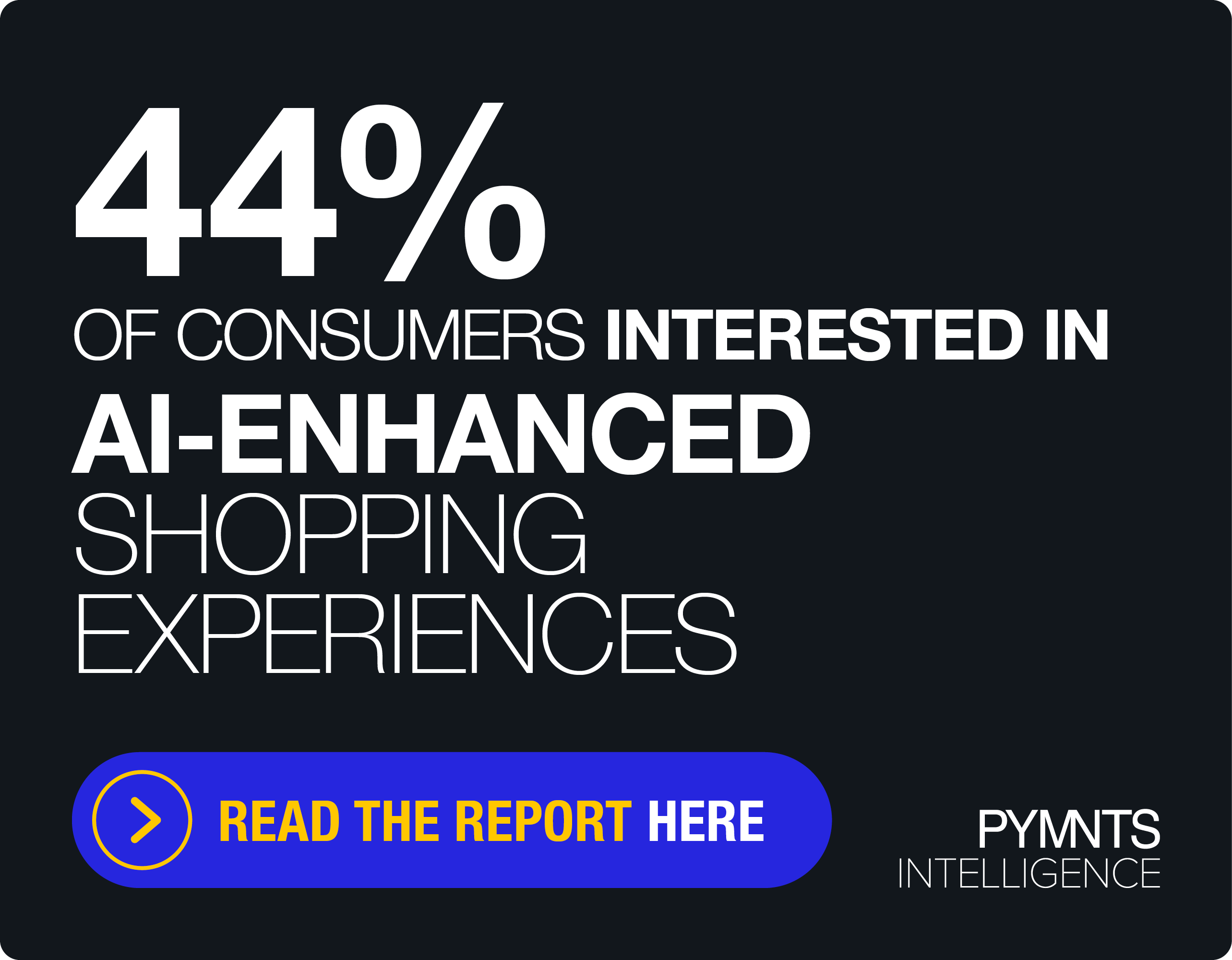States on the AI Beat: New Task Force Aims to Corral Emerging Tech

The digital age is reshaping behavioral norms and business opportunities.
The 21st century commercialization of innovations like blockchain-based cryptocurrencies and generative artificial intelligence (AI) have created entirely new industries that have transformed the business landscape.
For the most part, the federal government has let the innovations play themselves out — leaving it up to state-level regulations to oversee policy frameworks corralling, but not caging, today’s most disruptive technologies.
At least 25 states have introduced AI-related legislation this year, with measures passing in 14 of them. And Tuesday (Aug. 15), a new task force of state lawmakers was announced. The task force, which includes lawmakers from Colorado, California, Texas, Florida and Minnesota, will focus on developing legislation with unified language to put guardrails on how AI is used in the public and private sectors.
New York was famously one of the first states to license and regulate cryptocurrencies, and the state’s legislature has been quick to move on regulating AI as well.
By allowing states to experiment with regulations tailored to their specific needs, the federal government can gain valuable insights into the real-world implications of different regulatory approaches to inform the creation of cohesive national regulations that balance safety, innovation and economic growth.
For example, while New York’s approach to crypto focused on establishing consumer protections, Wyoming’s separate state policies looked to foster crypto innovation.
But at a federal level, the U.S. is still taking a regulation by enforcement approach to the digital asset sector, and an entirely hands-off approach to AI.
At least for now.
Read also: UN Security Council Wants to ‘Exercise Leadership’ in Regulating AI
Diverse Ecosystems Require Responsive Regulation
Emerging technologies like AI and digital assets are evolving rapidly, often outpacing the ability of federal policymakers to enact comprehensive regulations.
State-level regulations can bridge this gap by providing a more responsive and agile approach to oversight. States can adapt their regulations to address immediate concerns and evolving challenges, providing a more flexible framework for experimentation.
The diversity of perspectives among states allows for a broader understanding of potential benefits and risks associated with emerging innovations, which is crucial for the creation of well-informed national policies that consider the needs and concerns of various stakeholders.
And tackling a problem as broad, dynamic, and rapidly evolving as AI will require quite the depth of understanding.
“I don’t think that we can expect any one single institution to have the kind of knowledge and capacity to address the varied problems [of AI regulation],” Cary Coglianese, the Edward B. Shils Professor of Law and professor of political science at the University of Pennsylvania Law School and founding director of the Penn Program on Regulation, told PYMNTS. “If there was an equivalent of a seat belt that we could require be installed with every AI tool, great. But there isn’t a one-size-fits-all action that can be applied [to regulating AI].
“We could think about AI in self-driving automobiles, we can think about AI in medical devices, we can think about AI in precision medicine of other kinds, AI in social media, AI in marketing, AI now in generative, large language models. The nature of AI’s uses vary widely, and many of those uses fall into categories that, first of all, already have regulators. … There’s no question that the National Highway Traffic Safety Administration is going to be a better regulator of autonomous automobile technology than some kind of new startup AI regulator would be,” he added.
Read also: From PopeGPT to the Pentagon: All Eyes on Gen AI Oversight
That is why it is so important that the decentralized nature of state regulations be leveraged to play a pivotal role in shaping the national policy landscape. Particularly for emerging technical innovations like AI and digital assets, state-level policy frameworks offer a unique opportunity for experimentation, responsiveness and learning.
A process of interaction and dialogue between governments, the private sector, and other relevant organizations will be critical to making sure the appropriate balance is struck between providing for the benefits of innovation while protecting from its harms.
Industry insiders have drawn parallels between the purpose of AI regulation to both a car’s airbags and brakes; as well as to the role of a restaurant health inspector in previous discussions with PYMNTS.
Still, the U.S. hasn’t passed a new tech law in over two decades — meaning the future of technological innovation may very well be left in the hands of America’s 50 states.

